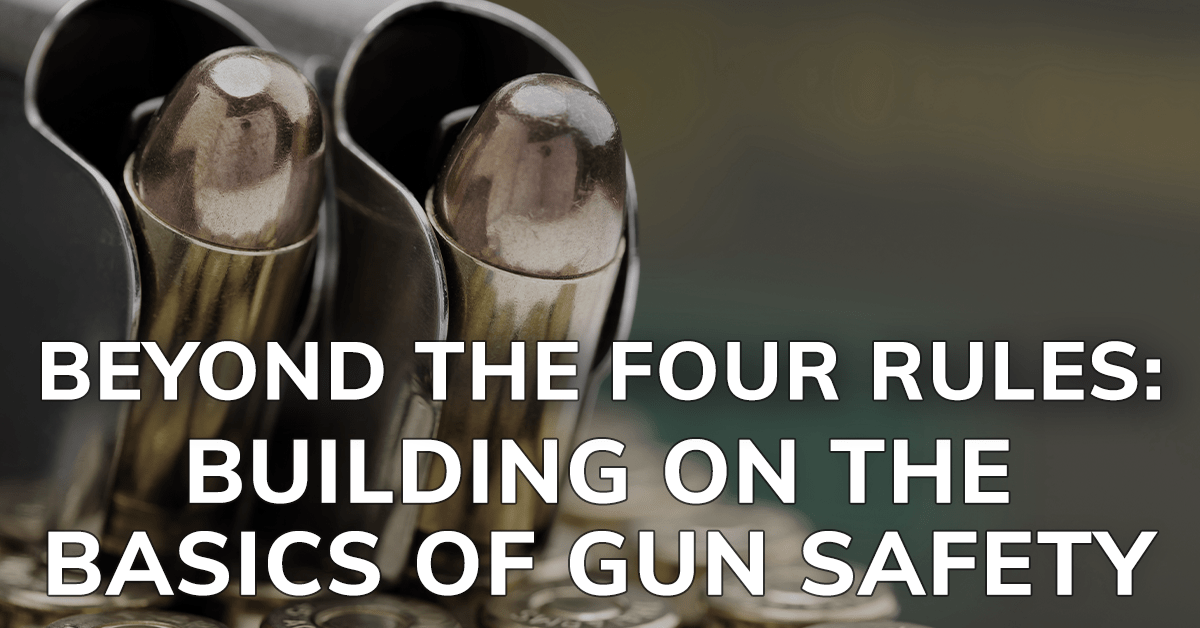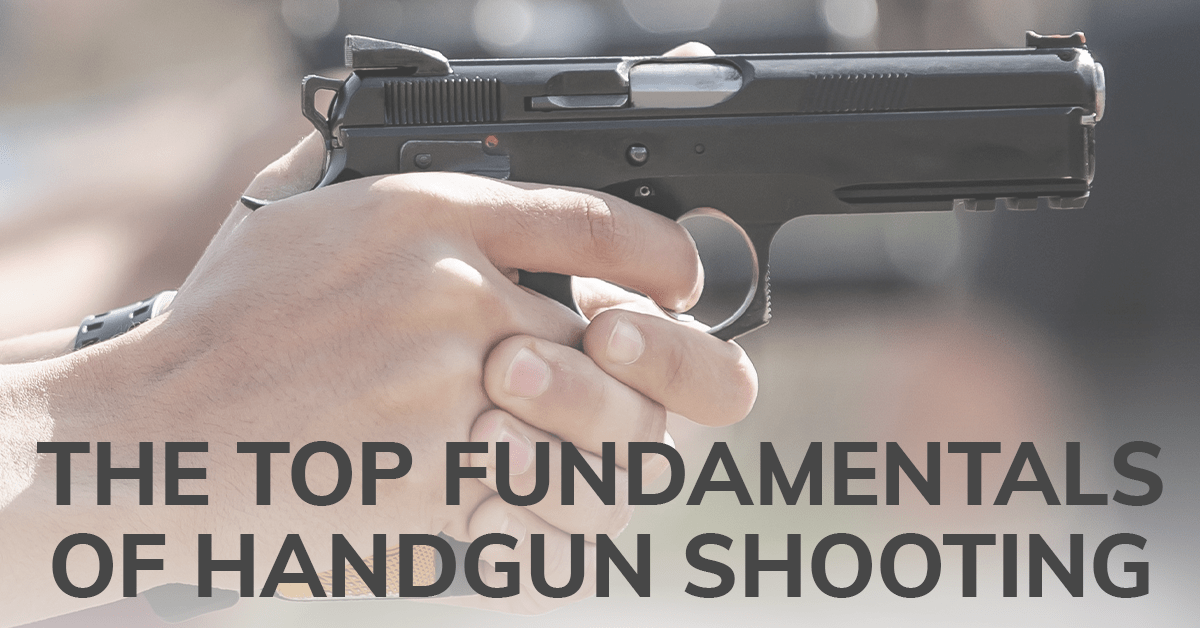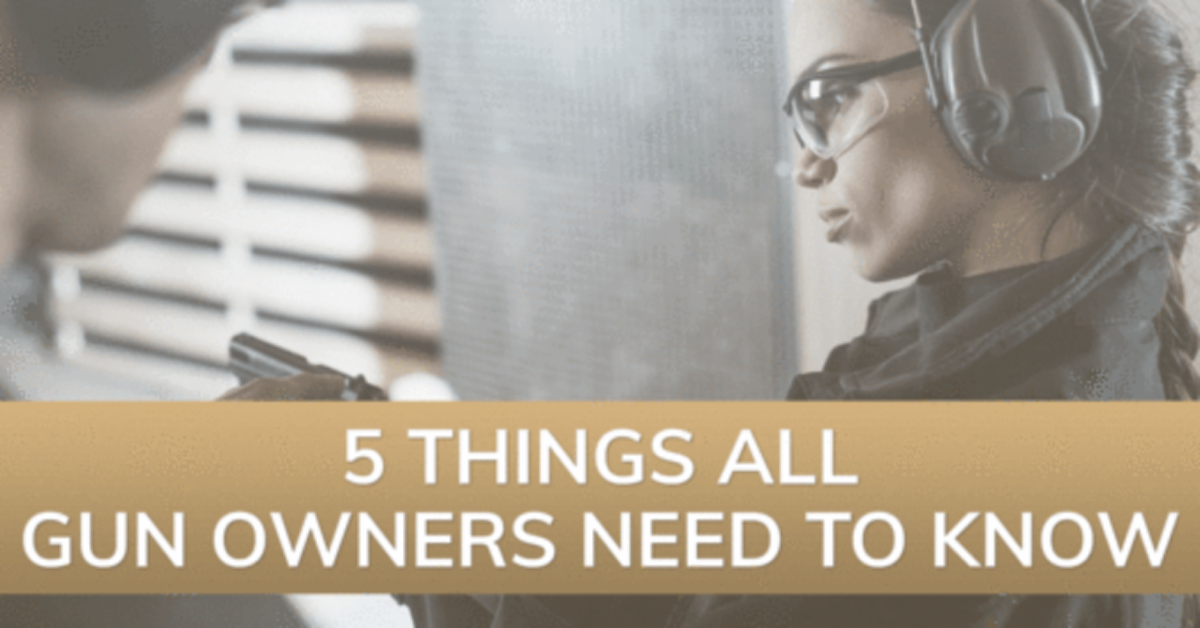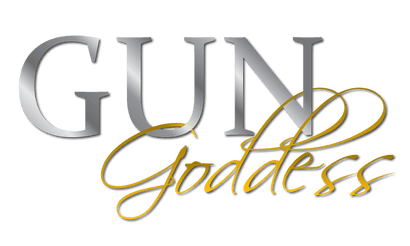Your Cart is Empty
Orders Over $100 Ship FREE (USA)!
Orders Over $100 Ship FREE (USA)!
CONCEALED CARRY
(Apparel with holster pockets or concealed-carry features)
(Apparel with holster pockets or concealed-carry features)
PARTS & GEAR
RANGE STYLE
Gift shopping & not sure about size or style? Give a gift card instead!
Gift shopping & not sure about size or style? Give a gift card instead!
GIFT IDEAS
The entire site is full of products that make great gifts, so browse all of our collections! Still not sure? Give a gift card!
The entire site is full of products that make great gifts, so browse all of our collections! Still not sure? Give a gift card!
EXPLORE
Tips for Drawing From a Holster — A Beginner's Guide
3 min read
Drawing from a holster may seem intimidating, but it's an important competency, especially if you carry concealed. While it's a skill that anyone can learn, practicing the right way will help you get better faster.
Here are a few tips to help you feel more confident when learning to draw from a holster.
Why you should learn how to draw from a holster
If you carry concealed, knowing how to safely and quickly draw from a holster is essential. When faced with a dangerous situation, drawing your firearm safely and quickly can mean the difference between life and death.
You'll also need to know how to draw if you want to compete in shooting sports and other competitions. For example, shooting sports like IDPA or USPSA require that you know how to draw from a holster.
The fundamentals of drawing from a holster
The process of drawing from a holster can be broken down into a few steps:
- Bring your strong hand down to the gun and get a firm grip on it while the gun is still in the holster. At the same time, move your support hand to your chest.
- Lift the gun straight up out of the holster and start pointing it toward the target
- As you are bringing the gun up, place your support hand and place it on the gun
- Extend your arms in front of you, aim, and fire at your target
We know that's a lot to learn at once, so here's a great video by world champion Julie Golob. Watch this video to see her illustrate the basics of drawing from a holster:
Don't rush the process!
When drawing from a holster, the most important thing to remember is that your safety is more important than anything else. It’s easy to get ahead of yourself when you're just starting out, so resist the urge to go fast right away. Rushing your draw will introduce costly mistakes and potentially dangerous situations.
A good rule of thumb when practicing is to start by getting the motions right without concerning yourself with the amount of time it takes to draw. Once you have a good feel for the motions, you can start timing yourself. Start with a time that allows you not to feel rushed, then you can slowly decrease the time and work on your speed.
Take advantage of dry fire practice
Dry fire practice is an excellent way to hone your drawing skills. It doesn't require you to spend money on ammo. It also doesn't require a lot of space, which means you can practice just about anywhere in your home.
The most important thing to remember when dry firing is safety. Always make sure your gun is unloaded (triple check) and that there is no ammo in the room before beginning any practice session.
The best way to begin dry firing is to set aside a short amount of time every day to practice. Even 5 minutes a day will help you improve. After making sure your gun is unloaded, start by carrying out the motions of your draw. You can practice the whole draw at once, or break it down into sections to make sure you get it right.
For example, you can practice just placing your hand on your gun and getting a firm grip. You can also can start with both hands on the gun and practice extending your arms to the target and firing.
Make sure your gun fits your holster properly
It's also important to make sure your gun fits well in your holster. It doesn't matter whether it's an inside or outside the waistband holster - if it doesn't fit your gun correctly, it’s going to compromise your draw, which isn't safe.
A proper firearm holster will retain your gun and allow you to draw smoothly without snags or hiccups. To minimize drawing issues, be sure to select a holster that's made for the specific gun you own.
The ability to draw a holster is one of the most important skills for gun owners. The best advice we can give you is to practice drawing until it becomes second nature for you, then practice some more!
Also in Skill Building: The Fundamentals

Beyond the Four Rules: Building on the Basics of Gun Safety
3 min read
The 4 main rules of gun safety are a good starting point, but there's more to be aware of. Here are a few some tips to stay safe with your firearm.
Read More
The Top Fundamentals of Handgun Shooting
3 min read
Do you know what shooting fundamentals are and which skills you should be working on right after you purchase a gun? Here's our list of three of handgun fundamentals you should master right away.
Read More
5 Things All Gun Owners Need to Know
4 min read
Education is an integral part of being a responsible gun owner and continuous learning will help you improve everything from your gun handling to your mindset. Start with these 5 things that every gun owner needs to know.
Read More